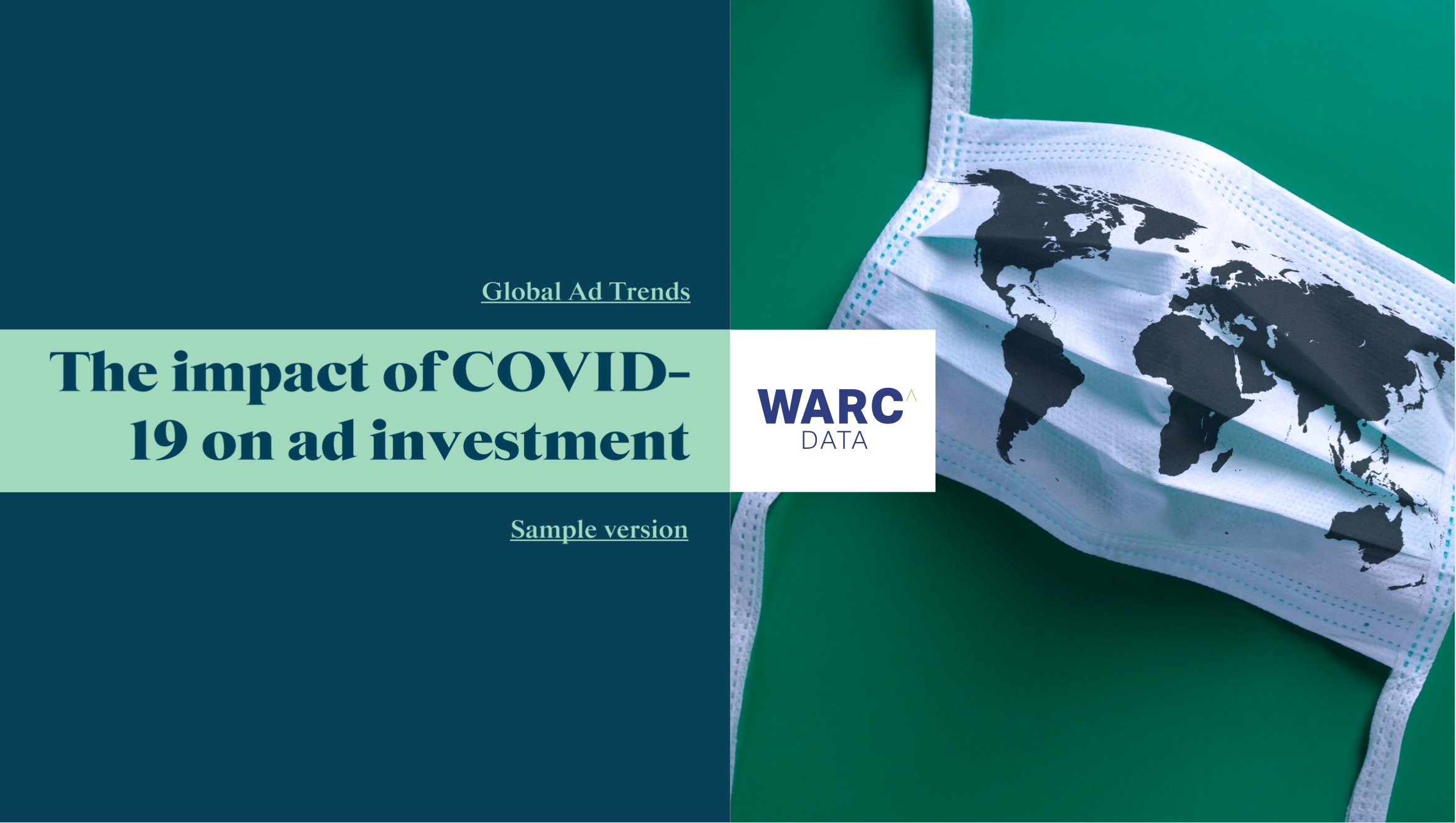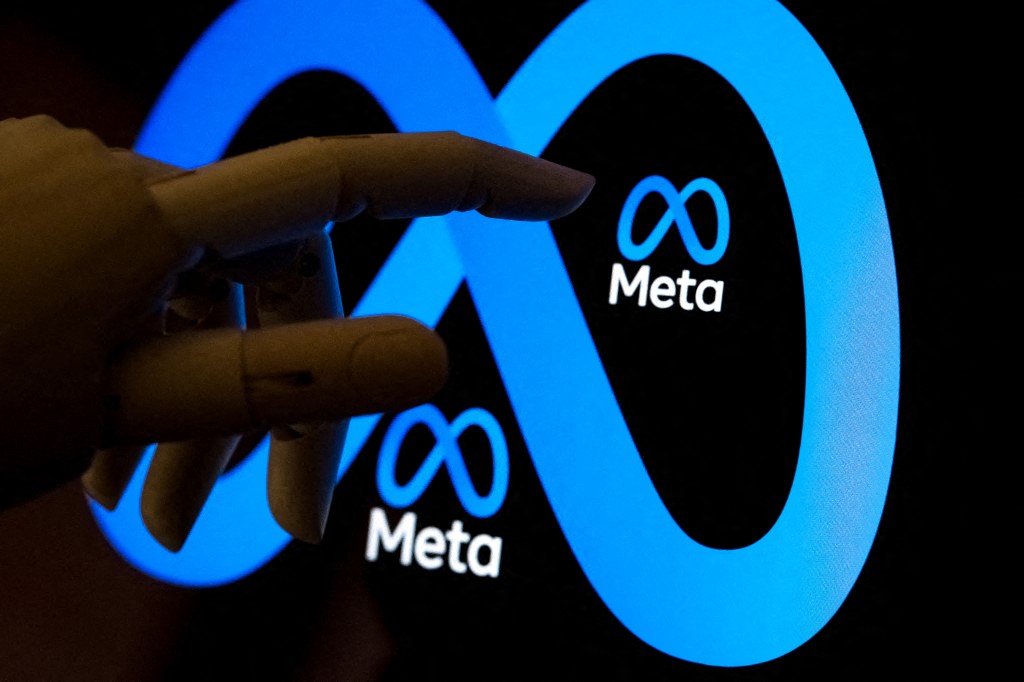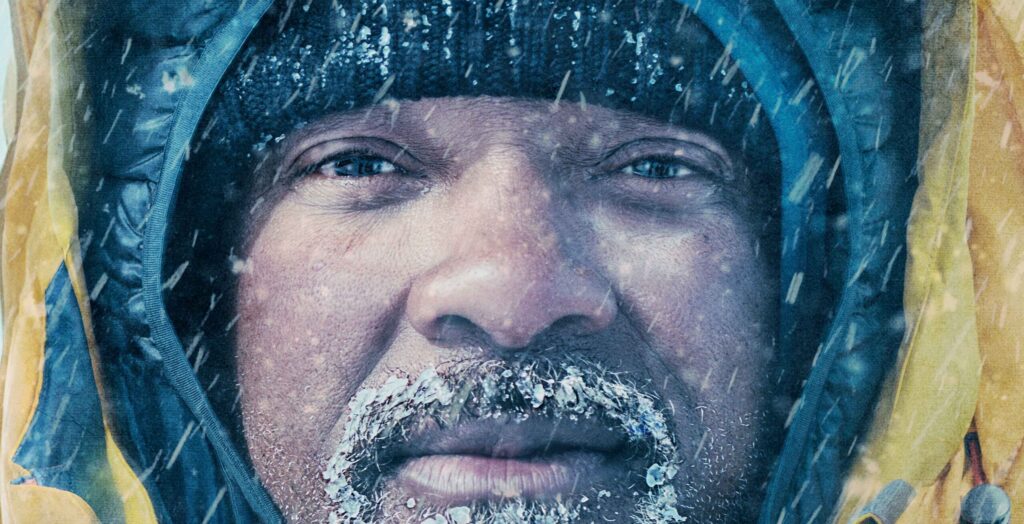International marketing intelligence service, WARC releases the Global Ad Trends report which highlights the impact of Covid-19 on ad investment in 2020. According to the report, advertising spend is projected to be $563bn for 2020. This is a steep decline from earlier forecasts, which predicted a rise in spending by 7.1% to $660bn. The decline is led by severe cuts in investment in major product sectors, as a result of the COVID-19 outbreak. Here are the key findings :
- The report predicts that the world is entering one of the deepest global recessions since the Great Depression

- The Purchasing Managers’ Index (PMI) is an index that displays the prevailing direction of economic trends in the manufacturing and service sectors. According to the index, service sectors in key economies have taken a huge hit due to the outbreak. Brands in many sectors no longer have a product to advertise and cannot meet the ‘classic’ recessionary advice to keep spending.

- WARC’s Global Marketing Index mirrors a similar decline in advertising trade, with the month of April experiencing the sharpest cut in eight years.

- The 2009 Global Recession saw the ad market fall by 12.7% ($60.5bn). This year’s downturn is softer in comparison. The US presidential elections, stronger than expected first-quarter results, and an established online sector – particularly within e-commerce are all primary reasons for the softer downturn.


Trends by media and format
- TV: Spend is forecast to fall 13.8% to $159.9bn, 28.4% of all global spend this year. A third of the global TV total is transacted in the US, where TV spend is set to fall 9.6% ($5.8bn) to $54.7bn despite a fillip from presidential campaign spending.
- Out of home: The OOH sector has suffered from a severe lack of reach during international lockdowns. Spend is expected to fall by 21.7%, or $8.7bn, in 2020 compared to a previous forecast of 5.9% growth.
- Cinema: Like OOH, cinema advertising has been heavily impacted by lockdown conditions. Brand investment is set to fall by almost a third (-31.6%) this year but should recoup these losses in 2021.
- Radio: Investment in radio ads is projected to fall by 16.2% – or $5.1bn – this year, compared to a pre-outbreak forecast of 1.8% growth.
- Newspapers: Spend on print newspapers is forecast to fall by $7.6bn, or 19.5% in 2020, compared to a pre-outbreak forecast of -5.9%.
- Magazines: Like newspapers, print magazines have been heavily impacted by reduced circulation. Advertiser spend will fall by over a fifth (-21.5%), or $3.4bn in 2020.
- Social media: Social formats, combined, are expected to be the strongest performers in 2020, recording total growth of 9.8% to $96bn. This does, however, represent a downgrade of $6.4bn when compared to WARC’s pre-outbreak forecast.
- Online video: Growth is forecast to ease to 5.0% (to $50.3bn) this year, equivalent to 8.9% of global advertising spend. YouTube is expected to account for three in ten cents.
- Search: Growth will ease to less than a percent (+0.9%) in 2020 after a downgrade of $14.1bn from February’s forecast.

Trends by industry
- Travel & Tourism: This sector is expected to record the steepest decline, with a forecast of -31.2% for 2020 representing a $7.2bn reduction in spending compared to 2019, to a total of $16.0bn.
- Leisure & Entertainment: Spend is forecast to fall 28.7%, down $6.6bn from 2019 to $16.4bn
- Financial Services: Investment in financial services is expected to decline to 18.2%, down $8.7bn to $39.2bn.
- Retail: The retail industry will suffer a fall by 15.2%, down $10.2bn to $57.2bn.
- Automotive: Spend is forecasted to fall 11.4%, down $7.4bn to $57.6bn.

Trends by platform
- Alphabet: Alphabet’s advertising revenue – across Google Search, YouTube, and Google Network Members (third parties that host Google ads) – is forecast to rise by just 1.6% to $137.1bn this year – before the deduction of traffic acquisition costs (TAC), which amounted to $30.1bn in 2019. This means the company accounts for almost one in four dollars (24.4%) spent on advertising worldwide. The latest projection represents a downgrade of $12.9bn from WARC’s pre-outbreak forecast.
- Facebook: Advertisers are expected to spend $77.6bn across Facebook, Messenger, WhatsApp, and Instagram this year, a rise of 11.5% from 2019. This marks a downgrade of $5.3bn from the pre-outbreak forecast and gives Facebook a 13.8% share of global advertising investment.
Trends by region
The Middle East is not as severely impacted by COVID-19 as compared to other regions. However, ad spend in the Middle East is still set to fall 15.1% ($1.8bn) to $10.4bn in 2020, as oil-rich economies suffer from falling commodity prices.








